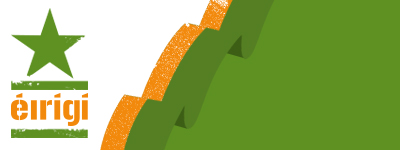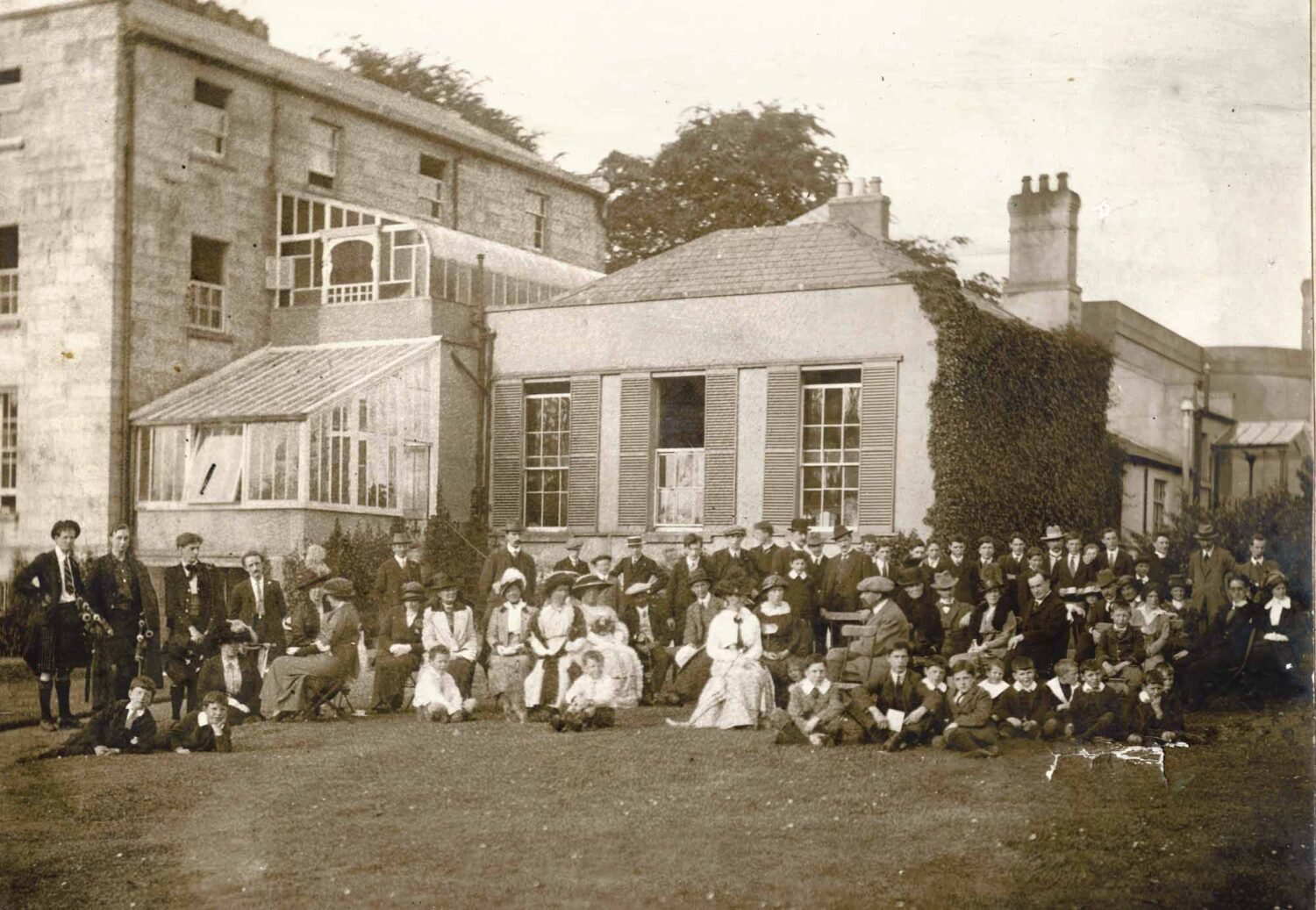Éirígí Activists Do Tour Of Pearse Museum For Seachtain na Gaeilge
On Saturday, the 9th of March, as part of Seachtain na Gaeilge 2024, Éirígí activists attended a bi-lingual tour of the Pearse Museum in Rathfarnham, the former site of the revolutionary Irish language school Scoil Éanna, first opened by Pádraig Mac Piarais in 1910.
Organised by Éirígí Baile Átha Cliath Theas, the tour was led by Dr. Kerron Ó Luain who delivered a presentation entitled ‘Idé-eolaíocht na Gaelscolaíochta agus na Díchoilínithe’ (Ideology of the Gaelscoileanna and Decolonisation).
Scoil Éanna was originally founded in 1908 at Cullenswood House in Ranelagh, but in order to grow it needed to relocate to a much larger site, leading Mac Piarais to lease the entire fifty acre estate of The Hermitage in Rathfarnham.
Aeridheacht (Open Day) Scoil Éanna.
It was here that Mac Piarais put his revolutionary ideas for education through the medium of Irish into practice, with the teaching of Irish culture through poetry, plays, songs and sport nurturing the students to become active Irish citizens. Cullenswood House itself became Scoil Íde, a girls school run along the same lines as Scoil Éanna.
Mac Piarais long believed that the colonial forces of England were deliberately targeting the Irish language, along with Gaelic culture as a whole, for complete destruction, with these efforts ramping up in the aftermath of the historic defeat of Gaelic Ireland in the seventeenth century.
It was clear to Mac Piarais at the beginning of the twentieth century that our native language, along with the rich traditions and history of Ireland, passed down orally from generation to generation, were under serious threat of being wiped out. Our sense of national identity, collective self-esteem and confidence in being the masters of our own destiny were being steadily and intentionally eroded by the English colonial project through waves of plantation, military occupation, economic exploitation and an education system designed to turn Irish children in to unquestioning sycophantic drones.
Dr. Kerron Ó Luain beginning his presentation.
Mac Piarais identified the education system implemented by the English as a key factor in the declining usage of the Irish language and of participation in Irish cultural past-times, but the suppression of true individual creativity also had a hand in this.
In January 1916, Mac Piarais published a book, ‘The Murder Machine’, in which he elaborated on these points:
‘One of the most terrible things about the English education system in Ireland is its ruthlessness. I know no image for that ruthlessness in the natural order. The ruthlessness of a wild beast has in it a certain mercy—it slays. It has in it a certain grandeur of animal force. But this ruthlessness is literally without pity and without passion.
It is cold and mechanical, like the ruthlessness of an immensely powerful engine. A machine vast, complicated, with a multitude of far-reaching arms, with many ponderous presses, carrying out mysterious and long-drawn processes of shaping and moulding, is the true image of the Irish education system.
It grinds night and day; it obeys immutable and predetermined laws; it is as devoid of understanding, of sympathy, of imagination, as is any other piece of machinery that performs an appointed task. Into it is fed all the raw human material in Ireland; it seizes upon it inexorably and rends and compresses and re-moulds; and what it cannot refashion after the regulation pattern it ejects with all likeness of its former self crushed from it, a bruised and shapeless thing, thereafter accounted waste.’
In Scoil Éanna and Scoil Íde, Mac Piarais introduced what he called An Modh Díreach (The Direct Method), this encouraged his pupils to learn Irish through conversation, acting in plays, through sports and in other outdoor activities.
Many students, teachers and alumni of Scoil Éanna took part in the 1916 Rising and the years of revolutionary struggle against the British that followed. The success of Scoil Éanna and Scoil Íde was a catalyst for the opening of Gaelscoileanna across Ireland from 1917 to the present day.



